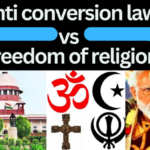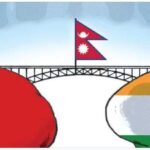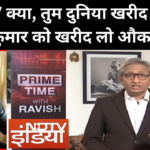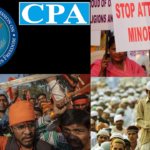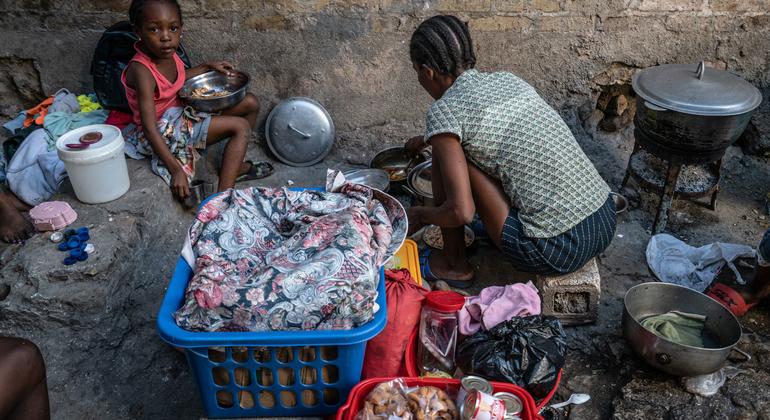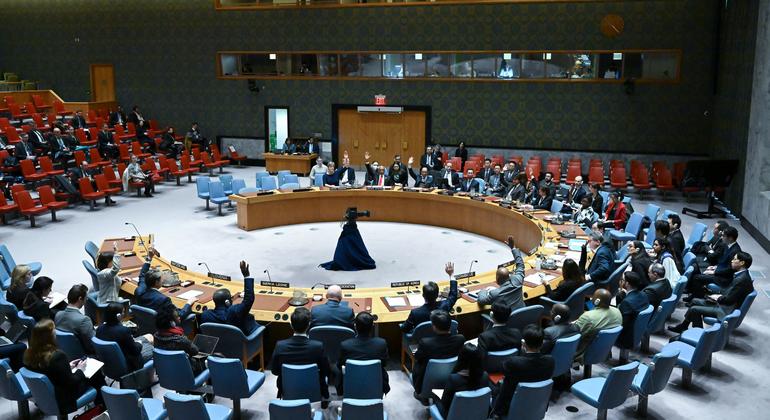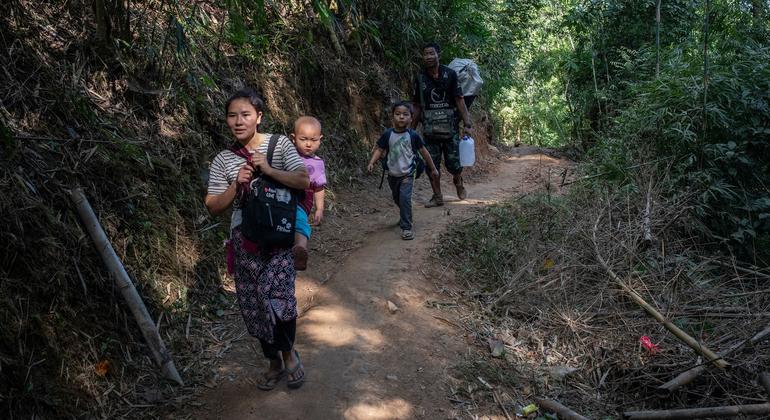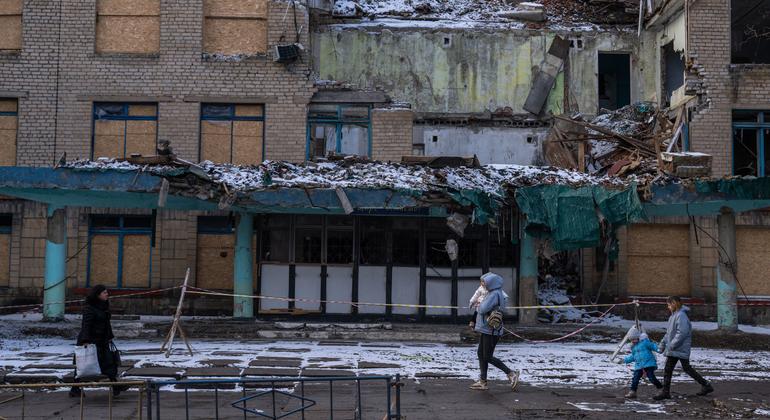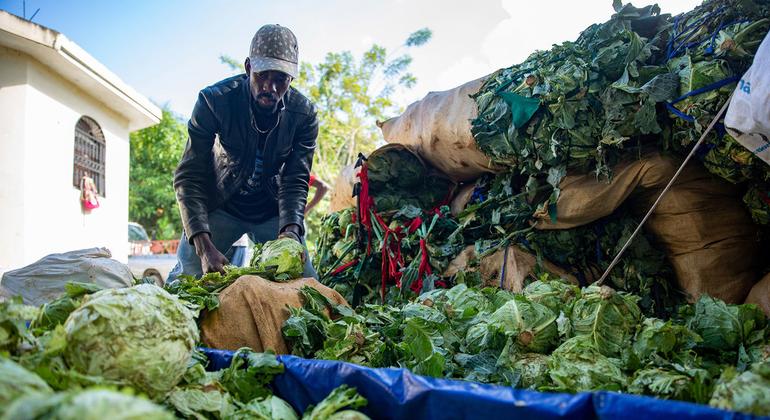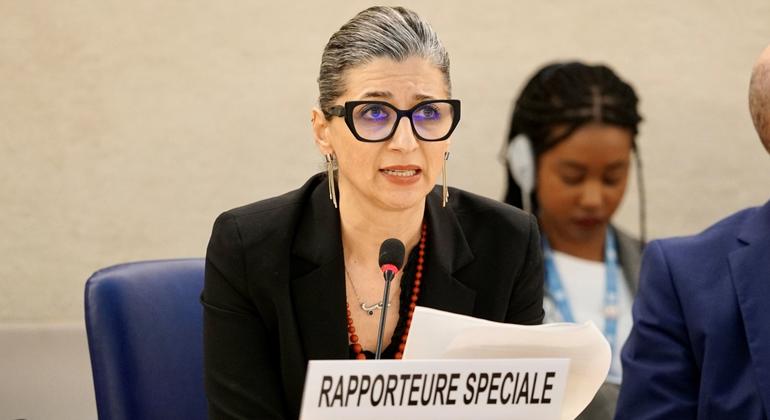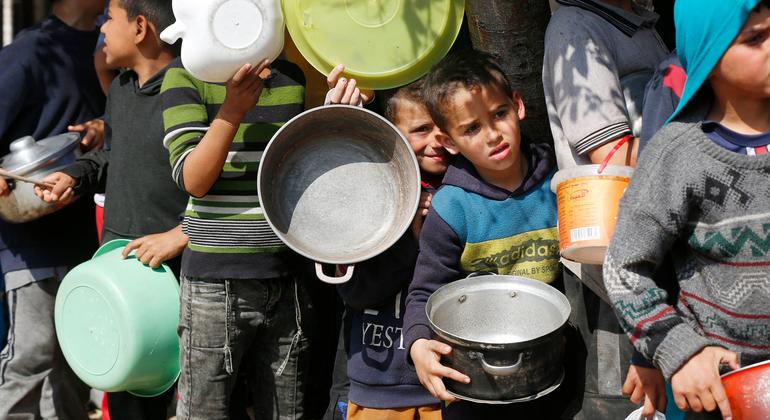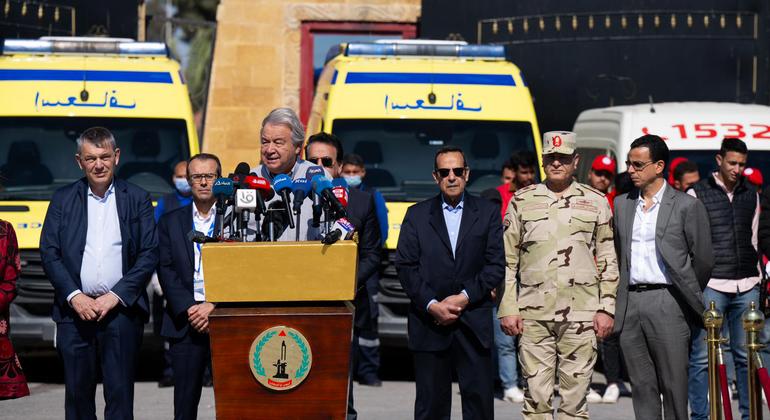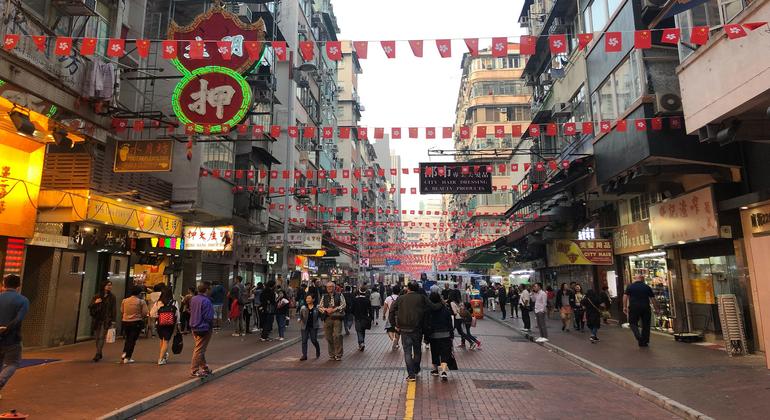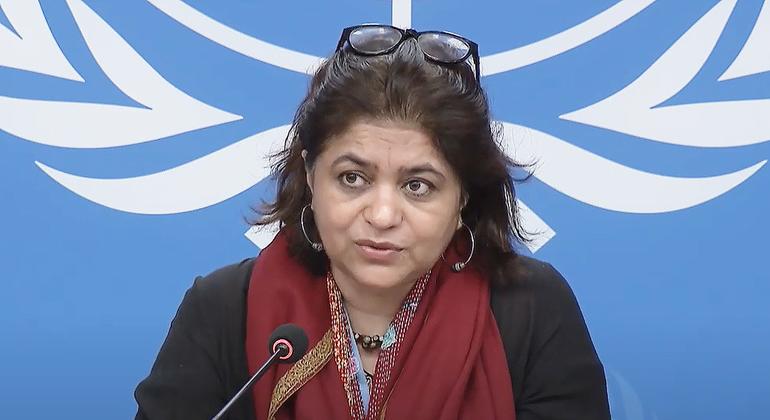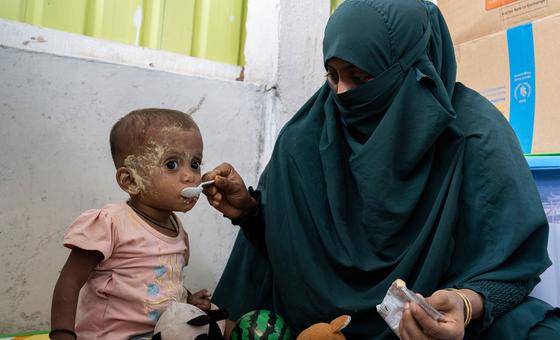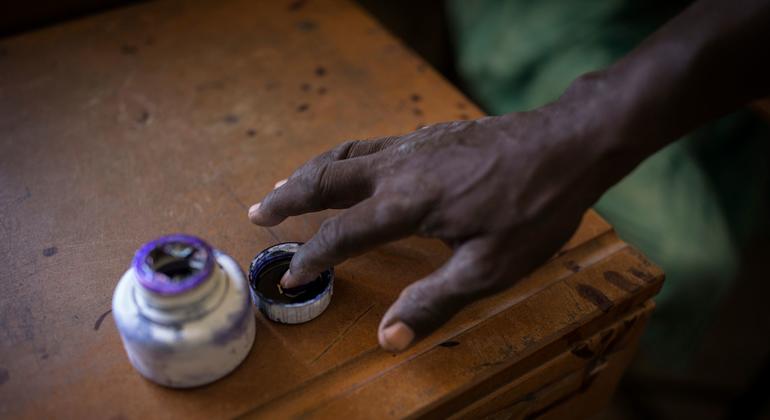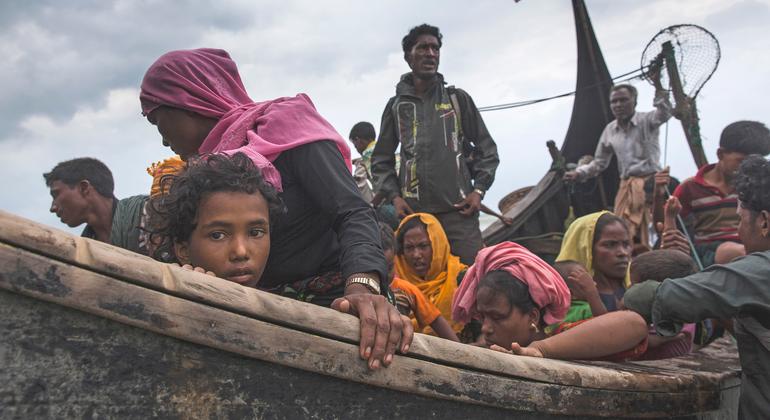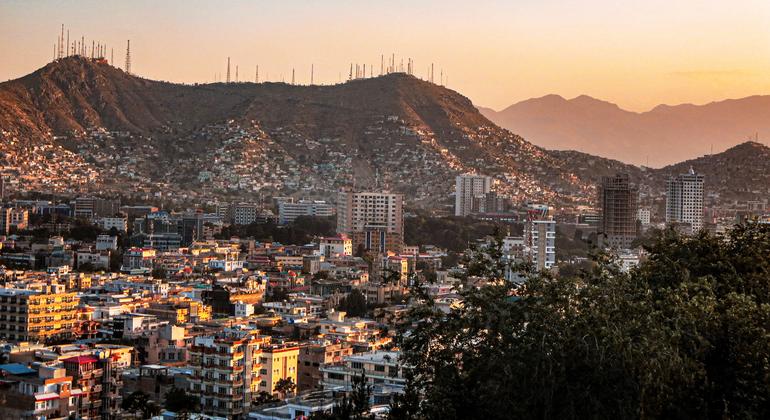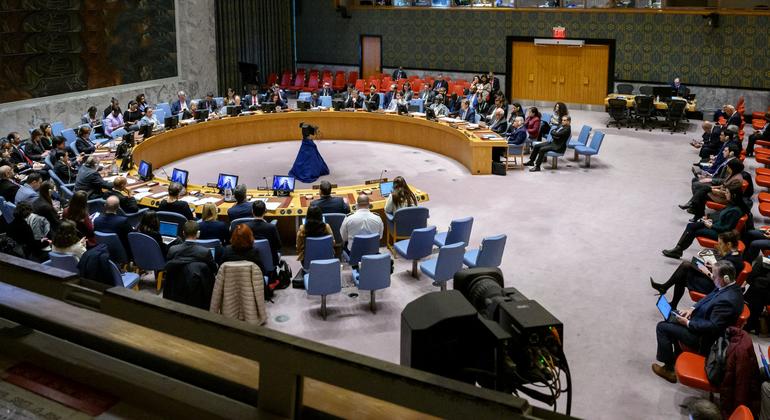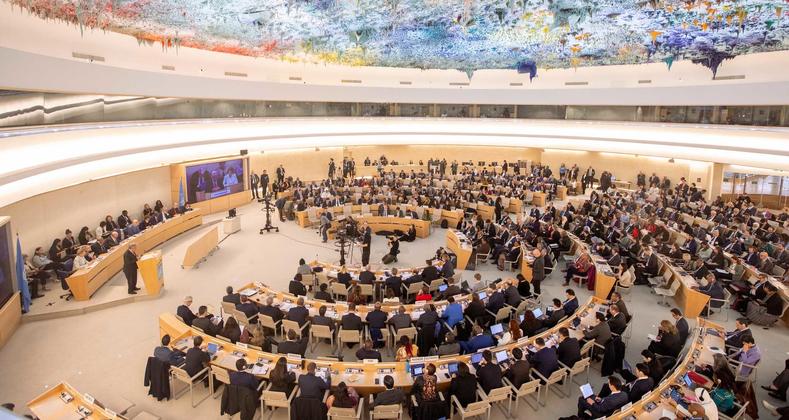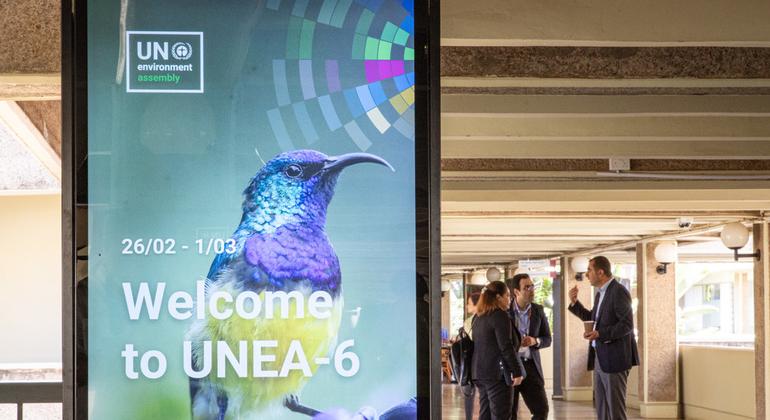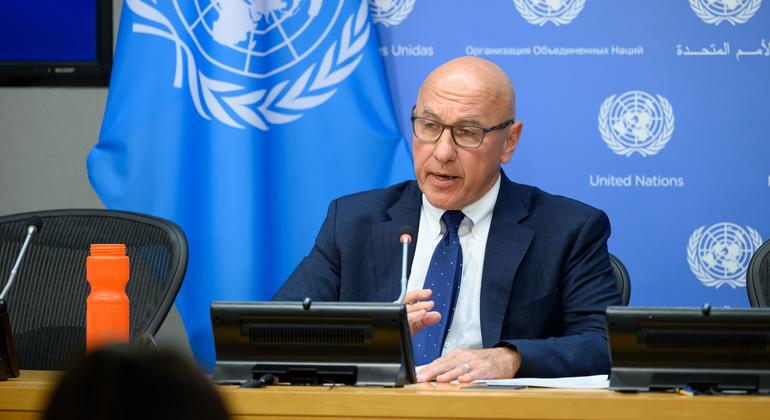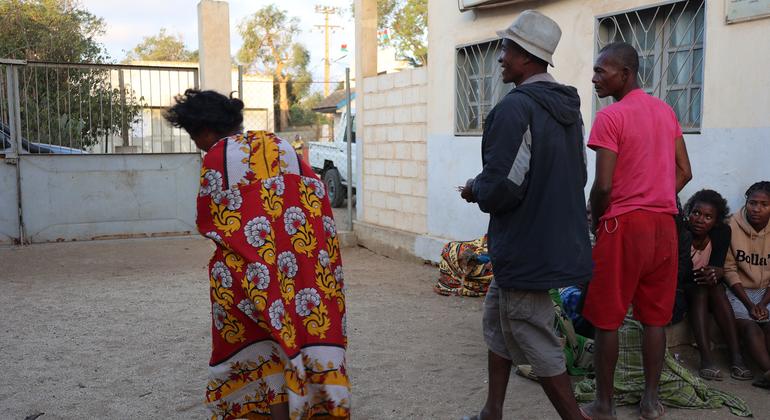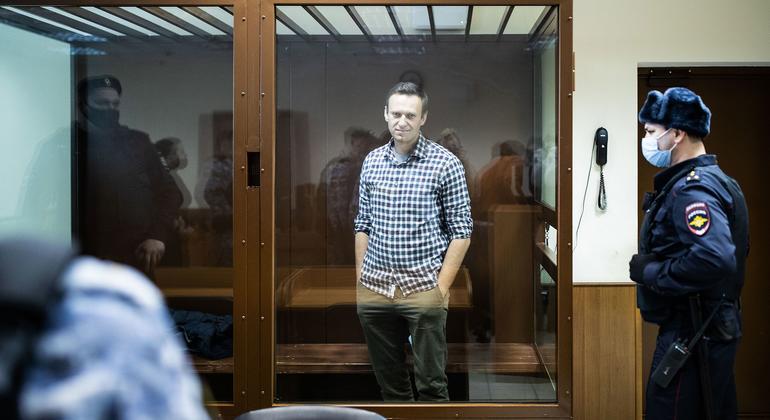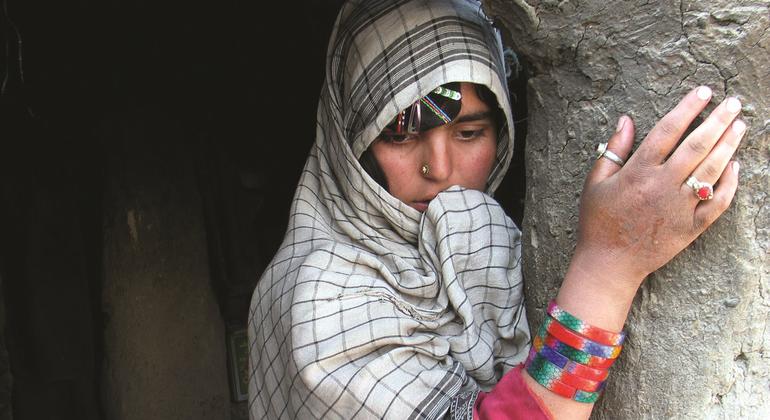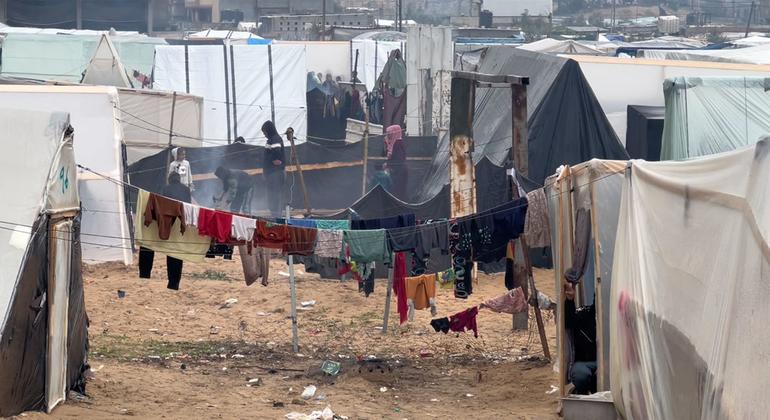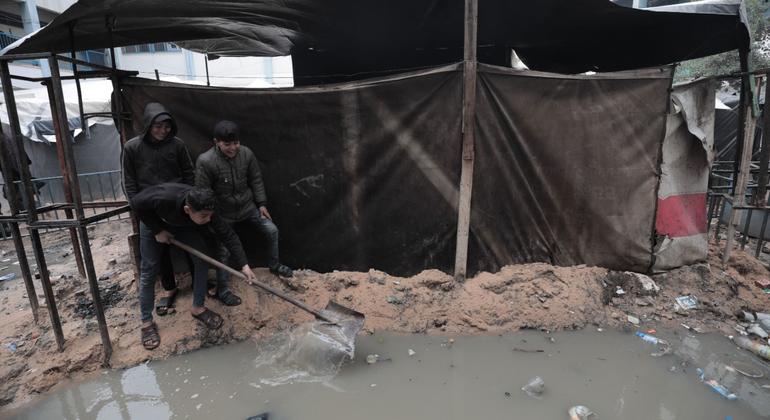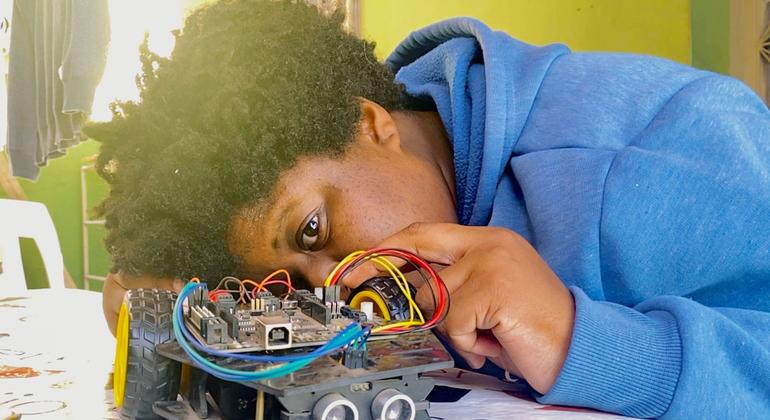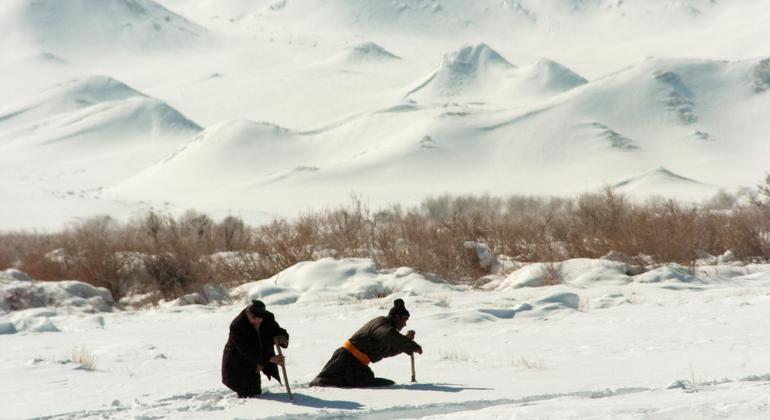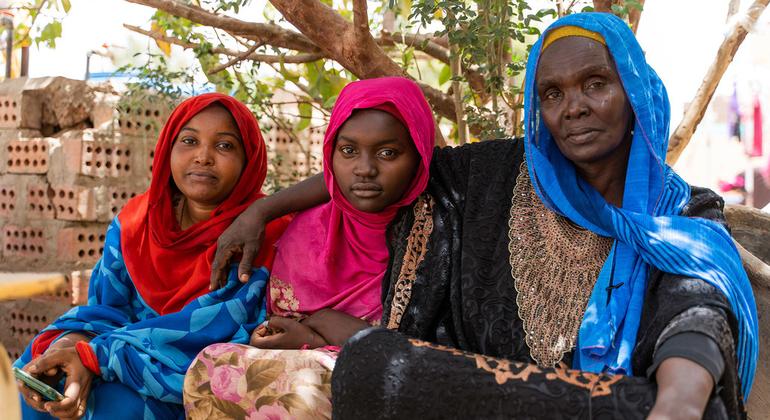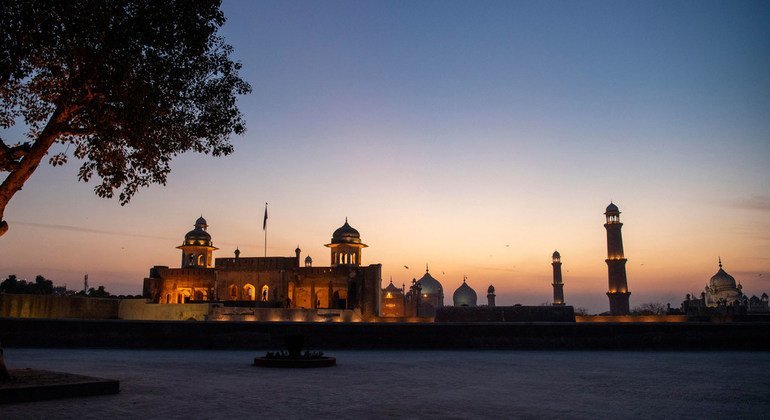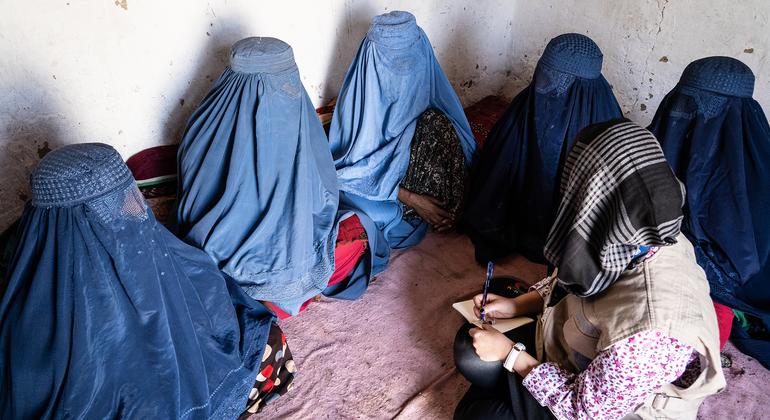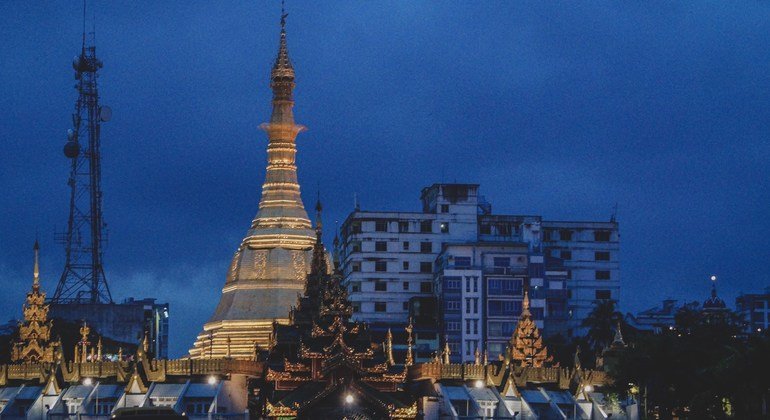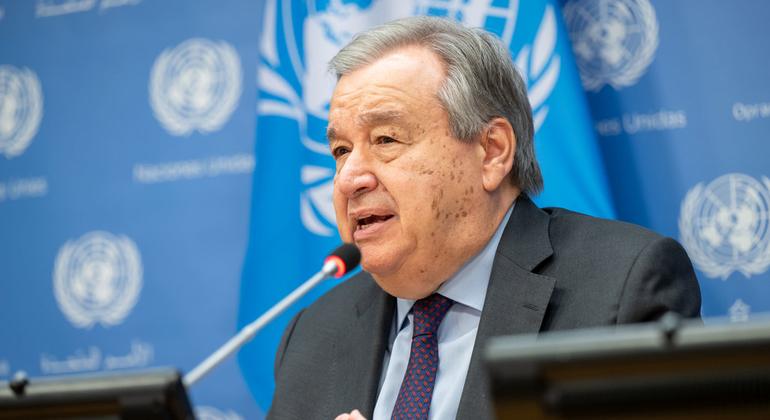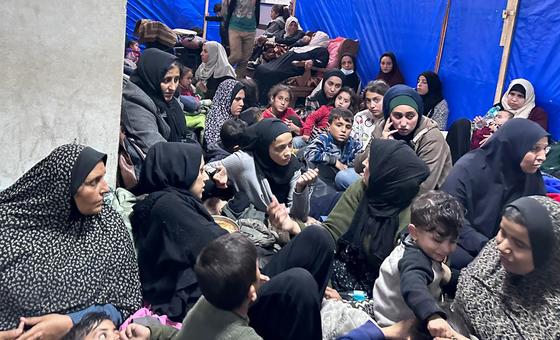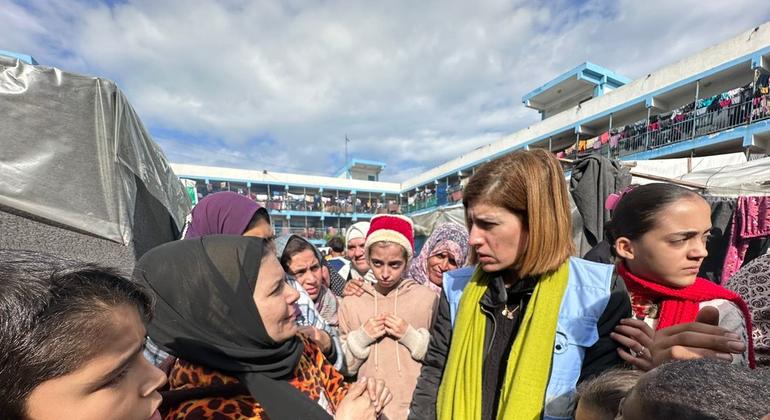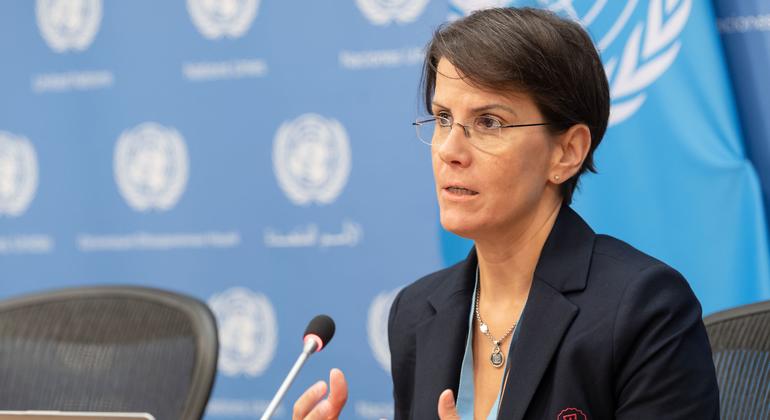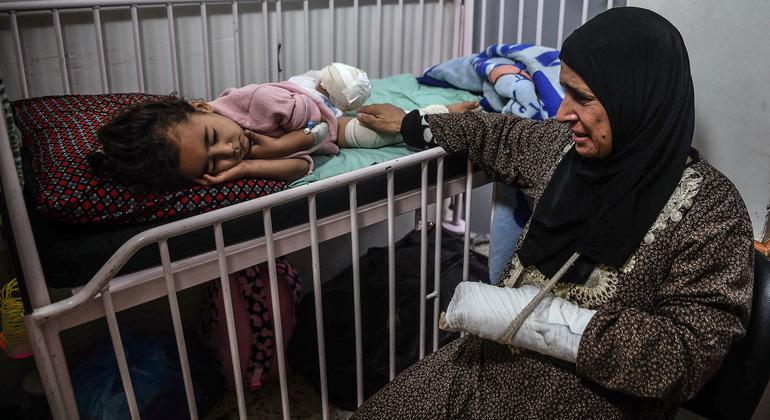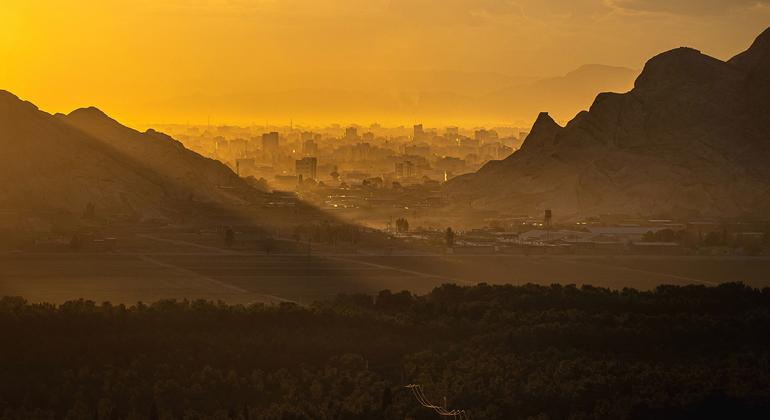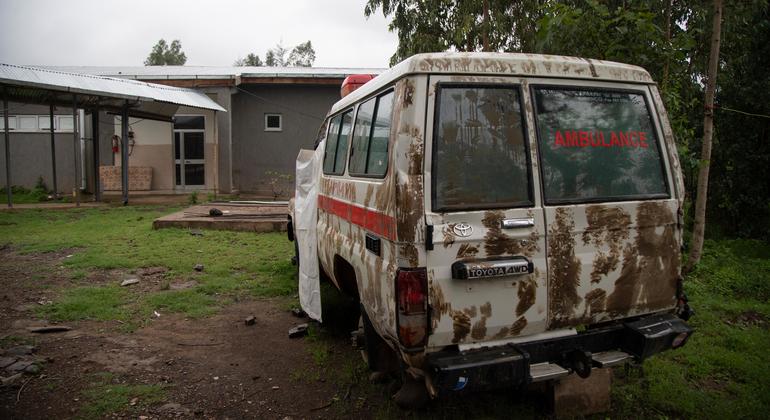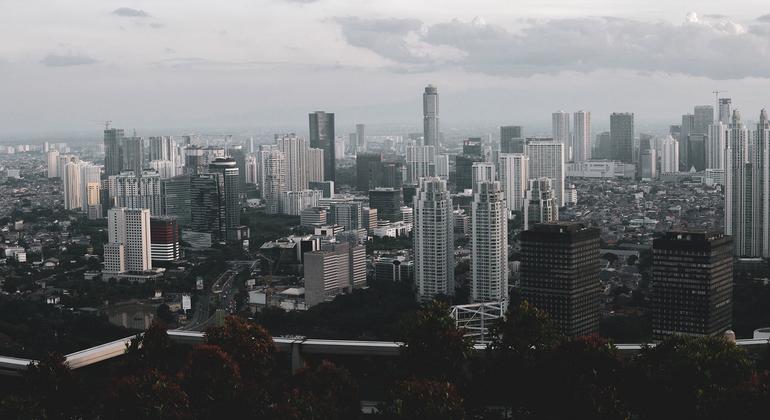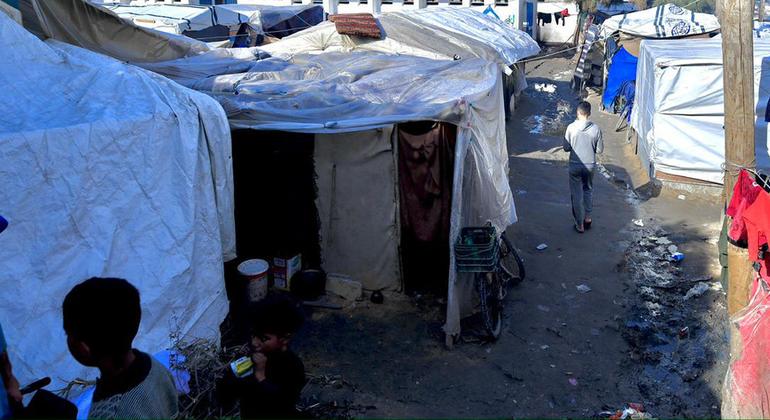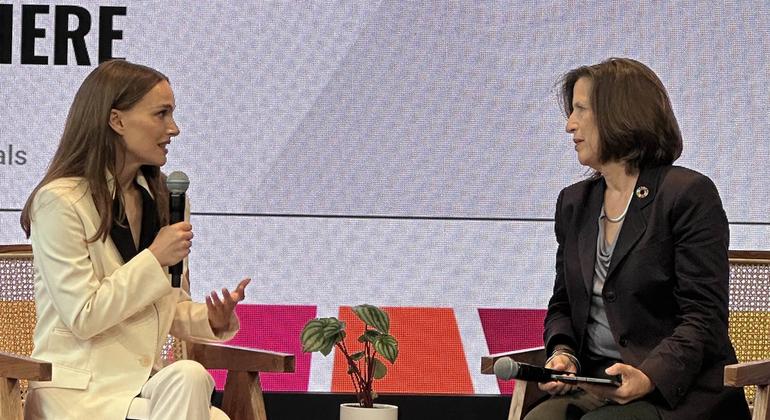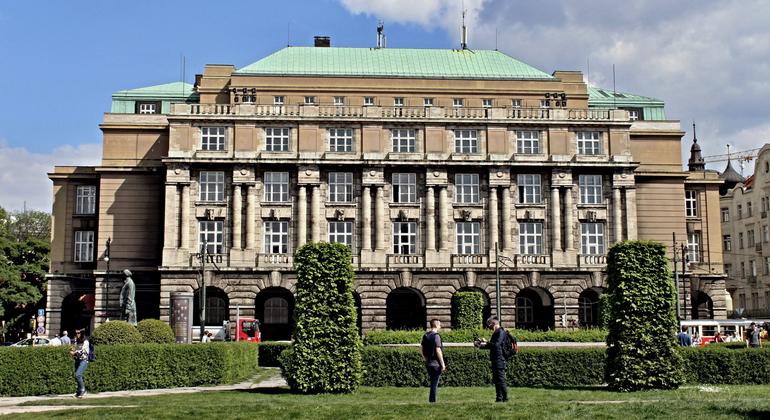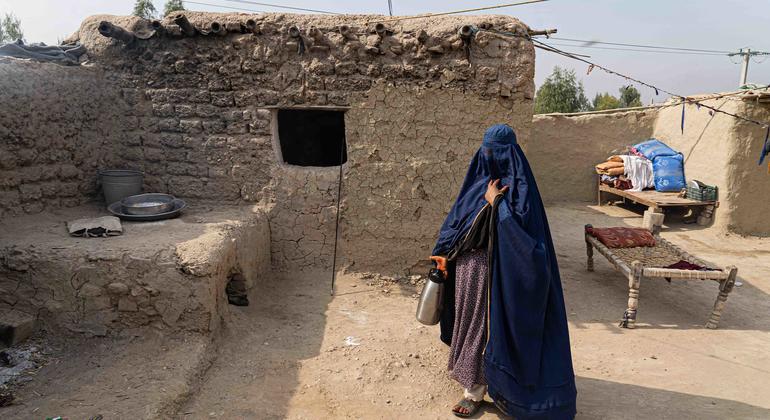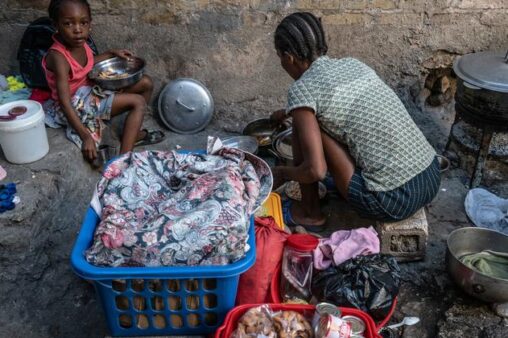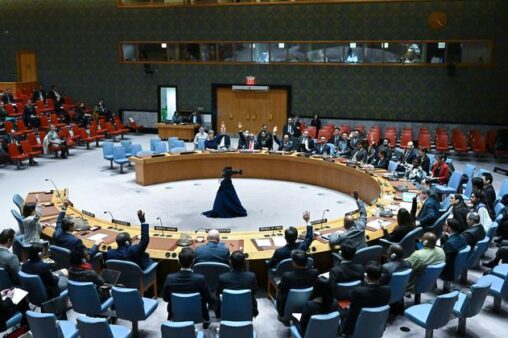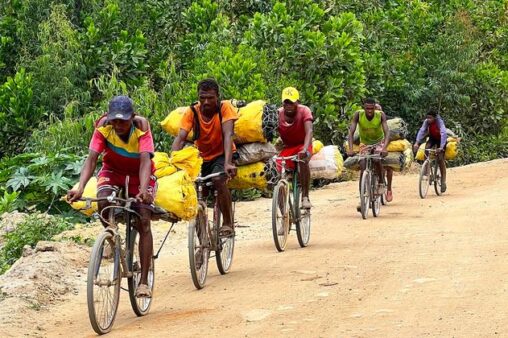Heartless Leader of 2021 Modi and Corporates vs Kisan Movement

Heartless Leader of 2021 Modi and Corporates vs Kisan Movement, RBI said that 12 companies are responsible for 2 lakh crores non-performing assets loans which havent been paid back for more than 90 days while the food bill for farmers is only 115 lakh crore 260000 crores were spent on election in 2019 45 of this amount was spent by bjp according to centre for media studies 54000 crores were spent on pm kisan in the 2020 budget 3145 lakh crore was given to corporates as tax cuts as little as 09 corporates benefited from this cut.
The rationale given for the tax cut was that it will give corporates more money to invest into production but there is an inherent flaw in this idea the corporates were actually sitting on a lot of cash already they werent investing due to lack of demand in the economy so what this tax cut did was it brought in no investment at all it only led to a revenue loss of rs 145 lakh crores during an economic recession each year. these all matter has given him Bad name Heartless Leader of 2021 Modi and Corporates vs Kisan Movement.
Bad Name in International Community for Heartless Leader of 2021 Modi and Corporates vs Kisan Movement
There is an economic revenue foregone section in the budget this records concessions and tax cuts given to corporates each year each year this amount exceeds 1 lakh crore according to a survey around 31 lakh crores was foregone since 2005-06 in the same time farmers lost around 45 lakh crores of income due to not getting fair prices for their produce when we give money to the farmers it is called a subsidy when we give money to the corporates it is called an incentive look at the doublespeak how successful have these so-called incentives been in creating jobs not at all as prof Santosh Mehrotra has brilliantly pointed out in the first chapter of his book reviving jobs from 2004 to 2012 the country observed jobless growth despite giving massive tax cuts to corporates from 2012 onwards. Heartless Leader of 2021 Modi and Corporates vs Kisan Movement.
icds integrated child development scheme is also lower today than it was six years ago
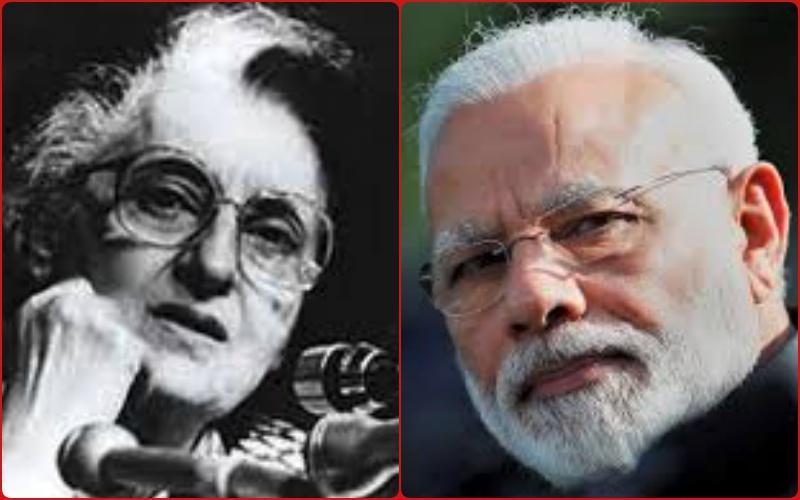
And particularly after demonetization and gst the country has observed job loss growth therefore the trend of joblessness which was already extremely poor has worsened under the nda regime despite giving massive tax cuts to corporates 4 the central budget for mid-day meals in 2019-20 was rs 11000 crore which is lower than what it was in 2014-15 rs 13000 crore in real terms the central allocation for icds integrated child development scheme is also lower today than it was six years ago can you believe it when nhfs data clearly shows that child nutrition in terms of stunting has worsened. therefore people call him Heartless Leader of 2021 Modi and Corporates vs Kisan Movement
What the government has done is reduce expenditure on mid-day meals around 40 of our kids under 5 are malnourished and 60 under 5 are anaemic 80-90 of the brain develops till the age of 5 undernourishment seriously hinders brain growth 5 poshan abhiyaan the nda governments flagship programme for child nutrition has a minuscule budget of rs 3700 crore imagine that when india does worse than sub saharan africa and bangladesh in terms of child nutrition and does worse than pakistan in terms of world hunger index only 3700 crores is spent on child nutrition to put things into perspective that is the amount of wealth that Mr. Ambani earned in 2 days during the lockdown 6 betrayal to pregnant women rs 6000 was to be allotted to each child under the national food security act 2013.
When the nda launched a scheme pradhan mantri matru vandana yojana for this purpose in 2017 the benefits were illegally restricted to one child per family and rs 5000 per child adding eggs in mid-day meals and take-home rations is one of the best things that can be done without delay to improve child nutrition but this is blocked by many allies of nda I have presented the facts in front of you we all know where the priorities of the government lie it would be safe to say that we have been misled by the government, it caused people to call Modi Heartless Leader of 2021 Modi and Corporates vs Kisan Movement.
Indian farmers cant be more productive the problem is that if they produce more they might get paid less so along with increase in productivity they must be subsidized
And the only ones who have woken up and resisted are the farmers why agriculture is different from the rest the agriculture sector differs from the other sectors in 3 ways farmers are heavily penalized for producing more therefore the myths of Indian farmers are nt productive enough should be done away with it is not that Indian farmers cant be more productive the problem is that if they produce more they might get paid less so along with increase in productivity.
They must be subsidized a lot otherwise they would have no reason to produce more in the USA for example 40 of farm incomes are via subsidy if Indian farmers are to be made more productive they must be heavily subsidized just like their western counterparts food is a perishable commodity unlike manufactured products food will get rotten if not consumed within a short amount of time it therefore requires heavy storage, Heartless Leader of 2021 Modi and Corporates vs Kisan Movement.
late arun jaitley had said under corporatized agriculture only a small fraction of the market price goes to the farmers
Now the Indian government can say that by removing hoarding limits they are incentivizing private sector to enter into storage but theres a problem with this thinking lets again turn to usa usa has no hoarding limits yet 30-40 of their food is wasted there according to usda estimates did the private sector jump in to prevent this food wastage no moreover as late arun jaitley had said under corporatized agriculture only a small fraction of the market price goes to the farmers data shows us that american farmers get only around 78 cents for every dollar that americans spend on food in india share of farmer in the consumer price in amul dairy cooperative is 70 according to amul agriculture sector depends highly on nature and disasters this one should be no surprise. Heartless Leader of 2021 Modi and Corporates vs Kisan Movement.
But it is even more so the case in indian agriculture 60 of the net sown area in india depends on rainfall for irrigation and only 40 of the area can be irrigated without rain this means that indian agriculture is highly dependent on something natural which is outside of the control of the farmers producers what is the west doing as per the agreement on agriculture aoa which was introduced in the uruguay round of general agreement on tariffs and trade agriculture was never part of gatt developed countries had to end export and other subsidies to their farmers the global south was told to remove import and export restrictions give market access stop price support for farmers and dismantle public distribution systems but eu and us created new clauses such as green box subsidies that allowed them to bypass. Heartless Leader of 2021 Modi and Corporates vs Kisan Movement.
The world trade organisation and continue direct payments to their farmers the ams aggregate measurement of support entitlement lets the countries provide support above the limit prescribed by wto at the global level the share of developed countries like usa japan etc in the ams entitlement is 9577 while the share of developing countries which of course need more subsidies is a mere 423 while western countries are evading wto rules and subsiding their farmers heavily they expect poorer nations to comply to the wto rules isnt this hypocritical. Heartless Leader of 2021 Modi and Corporates vs Kisan Movement.
What did the swaminathan report say ?
This was the most comprehensive report ever on farmers and it has been the demand of every farmer union to get this report implemented it was tabled in 2004 and completed in 2006 no government has even had a proper debate on it let alone implement it what did the swaminathan commission say land reforms only 12 of land reforms which are a must to help the farmers have been completed according to lbsnaa ceiling surplus lands must be distributed immediately providing msp at 15 times the c2 cost to farmers.
Nda government shifted the goal post from c2 to a2 fl irrigation equitable source of water must be provided to all farmers currently 60 of area under agriculture depends on rainfall for irrigation substantial increase in public investment in agriculture only 03 of agricultural gdp goes into agricultural R&D which is among rock bottom within the world, Heartless Leader of 2021 Modi and Corporates vs Kisan Movement.
Implement a universal public distribution system. The commission acknowledged that the entire subsidy required for this is able to be just 1% of the Gross Domestic Product.
One nation, one market was a requirement of the Swaminathan commission report, but not within the way that the govt has done. Swaminathan commission. Swaminathan commission didn’t mention privatizing agriculture to realize one nation one market. Although the target of 1 Market was conceived both by the Commission also as by the farm bills, the latter diverts from the means suggested by the previous to realize the top. Heartless Leader of 2021 Modi and Corporates vs Kisan Movement
Contract farming: this is often where another recommendation of the Swaminathan report becomes significant.
While vouching for contract farming, the committee also highlighted the importance of developing a comprehensive model agreement which can’t be used against the farmers. Heartless Leader of 2021 Modi and Corporates vs Kisan Movement, While pertaining to contract farming, the commission observed–“The need is to develop a comprehensive, clean, equitable and farmer-centric model agreement, which can’t be abused against the farmers.
Special care must be taken regarding clauses handling quality standards, withdrawal conditions, pricing standards, paying arrangements, natural calamities, and arbitration mechanisms.” The farm bills while encouraging contract farming provide no such special protections as recommended by Swaminathan commission. Heartless Leader of 2021 Modi and Corporates vs Kisan Movement, On the contrary, the govt only after a huge revolt, agreed to offer farmers the supply to travel to the courts also because the SDM. Initially, only getting to the SDM was allowed.
Implementing the Swaminathan commission is that the need of the hour but it are often said that this government (just like previous ones) doesn’t care about implementing it. In fact, on various issues, it seems to be getting into the other direction, Heartless Leader of 2021 Modi and Corporates vs Kisan Movement.
WHY ASHOK GULATI AND OTHER ‘FREE MARKET’ ECONOMISTS ARE WRONG
Around 90% of the agri-produce is sold to the private sector. Farmers complain about the absence of mandis or about its poor functioning, not about NOT having the ability TO SELL OUTSIDE THE MANDI. overwhelming majority of all transactions happen outside the APMC with local private money lenders. Most farmers depart with their produce at the doorstep only.
Laws should save farmers from exploitation of arthiyas (middlemen). Big agribusinesses wouldn’t get obviate the middlemen as they can’t deal directly with thousands of farmers. Isn’t Walmart a middleman? Middlemen of kurta pajama are going to be replaced by middleman of tie and suit! 2 layers of personal middlemen are going to be formed. Same arthiyas who worked in sarkaari mandi would offer their services to non-public agribusiness also . (Remember 2012 Sushma ji’s speech) Heartless Leader of 2021 Modi and Corporates vs Kisan Movement.
Ashok Gulati admits that 90% farmers face the market, but he thinks this market is an imperfect one.
His assumption is that the market after the three bills would function during a fair manner! Why would private traders wish to spare their additional profits? Why would they not offer good prices (example JIO) for a couple of seasons then resort to squeezing the farmers? Farmers are very weak vis-à-vis traders and mandi officials but can occasionally arm twist them through political representatives. during this new system, they lose even this limited clout. Moreover we must understand what a free market is. it’s one where there are infinite number of buyers and sellers. Heartless Leader of 2021 Modi and Corporates vs Kisan Movement
What the three bills represent may be a monopsony and not a free market. what’s a monopsony, you would possibly ask? it’s a buyer’s market where there are large numbers of sellers but only a couple of buyers. Why will there be a couple of buyers? Because one, only the mega rich corporates have the capacity to open up storage and hoard grains and two, only the mega rich corporates have the funds to enter the farm logistics market. It must be asked if globally the corporatization of agriculture has led to a free market or a monopoly? These facts will present a transparent answer: 4 companies account for 99% of chicken breeding worldwide. the three largest seed companies control quite 50% of the market share. ABCD (ADM, Bunge, Cargill and Dreyfus) group accounts for 75-90% of worldwide grain trade which account for 50% of calories.
Not just policy measures but signaling devices: Heartless Leader of 2021 Modi and Corporates vs Kisan Movement, Government will slowly withdraw from procurement and step back! the important point about the creation of a trading zone outside the APMC isn’t the opening from private trade (because trade within APMC is nearly entirely private trade) but of unregulated trade. We are shifting to unregulated, non-transparent trade with no mechanism to gather data.
FCI is overflooded with grains. This argument is given to justify the ECA (essential commodities act) amendment. The truth is that cereal availability per person per day in 1960 was around 418.5 grams. In 2019, this number was just 444 g using data from the economic surveys. A rise of only 26 grams (a 6% rise in 60 years) per person per day in 60 years. This rise is not enough to feel so confident and 1 bad monsoon will bring it down instantly. For pulses, there has been a drop of 14 grams per person per day i.e. a 22% dip. We produce 295 million tons of food grains annually and 77 million tons of food grains in buffer stock, yet 40% undernourished. So many reasons why modi is Heartless Leader of 2021 Modi and Corporates vs Kisan Movement
Our per capita food grain availability is only 177.7 kg which is same as 1903-1908 levels. Moreover even if our granaries are overflooded with grains, there already exists a provision in the FCI to disburse those grains in the open market which do not get distributed via the PDS. What then was the need of the amendment? Moreover, why is it that we must depend on the private sector for investment in storage? ‘The government does not have enough funds’ is the answer given by the government. Is this true? Heartless Leader of 2021 Modi and Corporates vs Kisan Movement, According to Ashok Gulati around 4,500 crores is the total mandi fees and the commission of arthiyas in Punjab for 1 year. Some of this money goes into the maintaining of mandis as well. its true Heartless Leader of 2021 Modi and Corporates vs Kisan Movement.
Not all of this money will go into the maintenance of the mandis and to provide storage but let’s assume that a lot of it does. India has 36 states and union territories. Let’s take an average of 4,000 crore in the maintenance of mandis and for setting up of storage by the government. 36 multiplied by 4,000 crores = 1.44 lakh crores. Does this ring a bell? This was the tax cut given to 0.9% of corporates! If there is money to give to 0.9% of corporates, why isn’t there money available to give to 60% of the population? The reality is that the requirement is to set up more regulated mandis in India. According to experts there should be 1 mandi in every 5 kms radius. This would mean a total of 42,000 mandis as opposed to the existing 7,000. Another reality is that the money needed annually to do so is close to the money given as tax cuts to a few rich corporates (revenue foregone). and modi never spoke a word upon death of kisan Heartless Leader of 2021 Modi and Corporates vs Kisan Movement.
NEED FOR MSP
In the section called ‘WHY AGRICULTURE IS DIFFERENT FROM THE REST?’
I try and display the risk and volatility in agriculture. This risk and volatility are the reason that an MSP should act as a safety net. This was also stated by the Swaminathan commission report. If the private sector was so good, then it won’t be the demand of virtually all farmer unions to legalize MSP. Now, some economists realize the inherent risk in agriculture but say that legalizing MSP isn’t possible.
Ashok Gulati says the following: In case of excess production, the private sector will not come forward to buy at MSP, and the government will not have the wherewithal to buy all ad stock them without any viable outlet. It will massively distort markets, make Indian agriculture noncompetitive and stocking of these will be financially unsustainable.
Does this argument make sense? We’ll address this by asking the following question: What is the real purpose of MSP?
ANSWER: Ashok Gulati rightly states that MSP is announced for 23 crops but only 2 are procured by the government (wheat and rice). Despite MSP being announced for 23, farmers only get MSP for 2 crops that is wheat and rice. Ashok Gulati fears that to provide MSP to all farmers (by making it a legal right) the government will have to procure all 23 crops and there will not be funds for that. This argument is correct.
But no one is saying that the government will procure all 23 crops by all farmers. What is being stated is only that MSP will be the floor price. That is government won’t procure all these crops but give farmers a guarantee that the private sector won’t buy the crops at a price below the MSP. Remember the MSP is supposed to be the minimum price, but due to the failure of the market it is usually the maximum price that the farmers get. Moreover if the argument is that the private sector will give a higher price than the MSP then why not legalize it? Aunindyo explains this clearly:
Moreover, the government can at least procure the top 5 most produced crops and provide MSP to at least 60% of farmers. No one is saying they must instantly procure all 23 crops and provide MSP to all farmers. This would boost the incomes of many farmers which would in turn increase tax revenue of the government and hence enable the government to build more storage facilities which could enable a kind of a demand side loop. 42,000 regulated mandis should be enough to do so. The point that the government doesn’t have money for this also doesn’t hold water.
The tax revenue foregone, and tax cuts given to few corporates (which don’t even get in new investment and new jobs as is evident by falling investment to GDP ratio and jobless growth) are more than enough to fund these storage facilities. Moreover we must understand that there won’t be much overproduction anyways. Why do I say so? Well, take a look at pulses. The MSP of these is far higher than wheat and paddy and NAFED (agency which procures pulses) procures around 15-20% of total production (as claimed by head Sanjeev K.chadda). Why then is there not a problem of overproduction in pulses? Because wheat and paddy give a much higher return than pulses despite having a lower MSP. Moreover, if giving MSP and procuring gives an incentive to
Moreover, the government can at least procure the top 5 most produced crops and provide MSP to at least 60% of farmers. No one is saying they must instantly procure all 23 crops and provide MSP to all farmers. This would boost the incomes of many farmers which would in turn increase tax revenue of the government and hence enable the government to build more storage facilities which could enable a kind of a demand side loop. 42,000 regulated mandis should be enough to do so. The point that the government doesn’t have money for this also doesn’t hold water.
The tax revenue foregone, and tax cuts given to few corporates (which don’t even get in new investment and new jobs as is evident by falling investment to GDP ratio and jobless growth) are more than enough to fund these storage facilities. Moreover we must understand that there won’t be much overproduction anyways. Why do I say so? Well, take a look at pulses. The MSP of these is far higher than wheat and paddy and NAFED (agency which procures pulses) procures around 15-20% of total production (as claimed by head Sanjeev K.chadda).
Why then is there not a problem of overproduction in pulses? Because wheat and paddy give a much higher return than pulses despite having a lower MSP. Moreover, if giving MSP and procuring gives an incentive to farmers to produce, then why not make it legal for those crops which are produced in low quantities and are nutritious? The truth is there isn’t overproduction in our country. And neither will there be if MSP is made legal. The real purpose of MSP will be to give more negotiating power to the farmers by setting a floor price, why do modi not speak a word upon death and suicide of Farmers movements. he is really Heartless Leader of 2021 Modi and Corporates vs Kisan Movement


